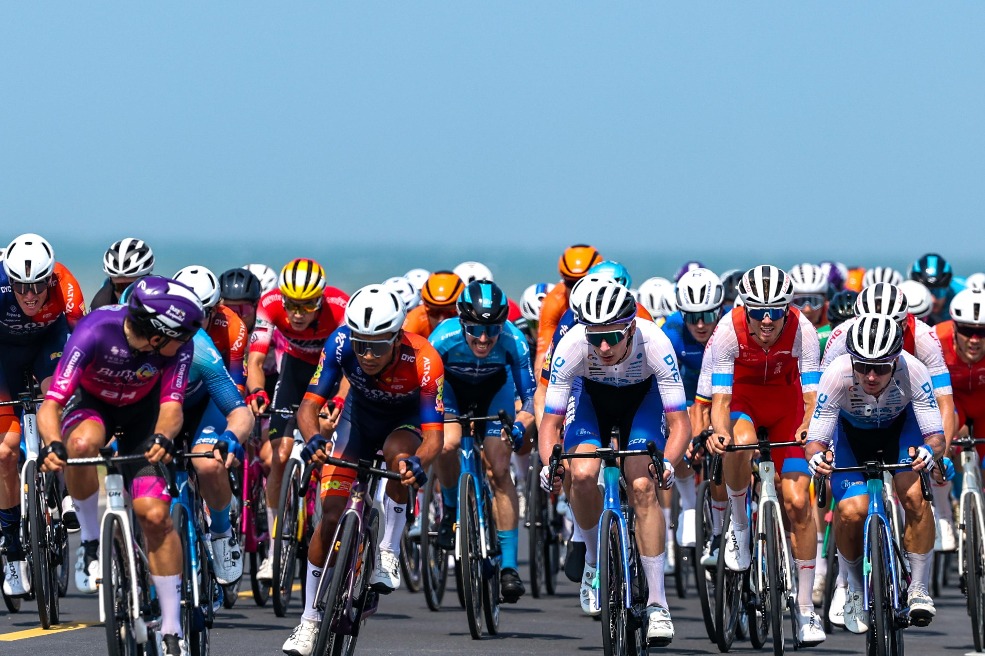Bad loan ratio flat among large State-owned banks


The nonperforming loan ratio stayed flat for most of China's large State-owned commercial banks at the end of the first quarter compared with the end of last year, signifying that asset quality has remained stable overall.
Among the six largest State-owned commercial lenders by assets, four banks' NPL ratios were unchanged during this period, while Bank of China Ltd posted an uptick in its ratio by 2 basis points to 1.39 percent, and Bank of Communications Co Ltd's ratio increased by 12 basis points to 1.59 percent.
For Bank of Communications, one of the main reasons for the rise in its NPL ratio was 5.2 billion yuan ($736.3 million) in new bad loans generated by its credit card business in the first quarter, said Guo Mang, executive vice-president of the bank.
Other factors included the accelerated exposure of potentially risky clients and the bank's move to classify loans-not yet in default or not yet 60 days past due but likely to turn sour because of the novel coronavirus outbreak-as NPLs, Guo said.
The bank will accelerate a reform of its risk management mechanism regarding granting credit to clients and strengthen its asset quality management during the pandemic by building a troubleshooting mechanism to accurately identify risks, he said.
By the end of April, 36 A-share listed banks had announced their first quarter results.
"The stability of NPLs of listed banks exceeded market expectations as their NPL ratios remained generally flat quarter-on-quarter and their hedges against risk kept growing. This is mainly because the spread of novel coronavirus will have delayed impact on the banking sector and banks have set aside greater provisions for loan losses," said Yuan Zifang, an analyst at Guotai Junan Securities Co Ltd, in an April 30 report.
China has allowed qualified small and micro enterprises with principal or interest due between Jan 25 and June 30 to apply for delays to the end of the second quarter. Regulators told lenders not to downgrade loans with missed payments or report delinquencies to the country's centralized credit-scoring system before then.
Some analysts said this temporary measure will delay shocks from the pandemic to the asset quality of banks, but Wen Bin, chief analyst at China Minsheng Banking Corp, argued that many small and medium-sized enterprises have good credit, although their repayment capacity is affected by the pandemic for the short term.
"Along with China's push to resume work and production and step up macroeconomic policies, economic indicators are likely to improve-and operations of bank clients affected by the pandemic will eventually return to normal," Wen said.
The official purchasing managers' index for the manufacturing sector came in at 50.8 in April, the National Bureau of Statistics said on April 30. It marked the second consecutive month of manufacturing expansion in China after the manufacturing PMI fell to a record low of 35.7 in February.
At the end of the first quarter, the NPL ratio of the banking sector was 2.04 percent, up 0.06 percentage point from the beginning of the year. Ratios of nonperforming loans for small businesses which were hard-hit by the pandemic and for companies engaged in catering and lodging increased relatively faster, said Xiao Yuanqi, chief risk officer at the China Banking and Insurance Regulatory Commission.
"The NPL ratio will continue to rise but we do not expect to see a large increase, for the resumption of work and production is being carried out in an orderly manner and hedging strategies have been adopted to mitigate risks. These strategies are starting to take effect," Xiao said at a news conference on April 22.
Commercial banks disposed of more than 450 billion yuan in bad loans in the first quarter, up by 81 billion yuan from the same period in 2019. Meanwhile, China's loan loss provisions exceeded 6 trillion yuan, showing strong risk resistance capacity, he said.





































